Baroque Pearls Revealed: Unraveling the Mystery Behind Their Formation

Baroque pearls captivate with their unique allure, standing out from the traditional symmetrical shapes commonly associated with pearls.
These beautiful gems boast organic, free-form silhouettes, offering a sense of individuality and artistic expression.
Delighting jewellery enthusiasts, baroque pearls come in a stunning array of sizes, colours, and textures, allowing endless creative possibilities.
With a rich history dating back centuries, these pearls have been treasured across cultures and eras.
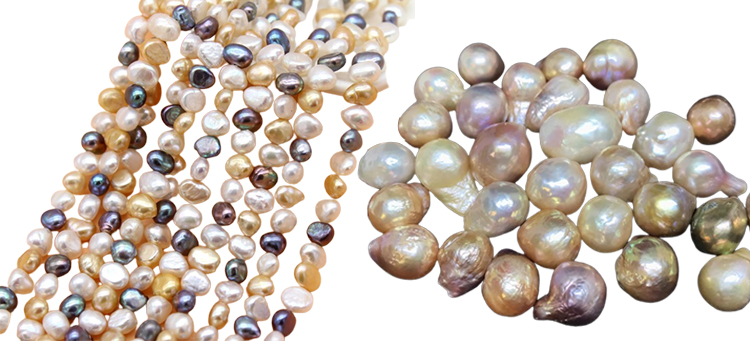
Their significance lies in their aesthetic appeal and representation of natural beauty, resilience, and the charm of imperfections.
Join us on a captivating journey through the intriguing world of Baroque Pearls.
Understanding Baroque pearls
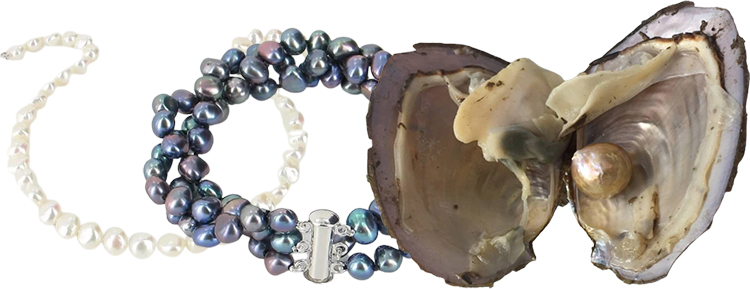
Baroque pearls are a unique and captivating variety within the world of pearls.
Defined by their irregular, asymmetrical shapes, these pearls are known for their organic beauty and individuality.
Unlike traditional round pearls, baroque pearls can take on various forms, including teardrops, ovals, and free-form shapes.
They are often praised for their natural charm and are highly sought after by jewellery enthusiasts.
Pearls are formed when an irritant, such as sand grains, enters an oyster and triggers the secretion of nacre, a substance that gradually coats the irritant, forming a pearl.
Baroque pearls can be found in freshwater and saltwater environments, each exhibiting distinct characteristics.
Freshwater baroque pearls are typically cultivated in mussels, while saltwater baroque pearls are formed within oysters.
What makes baroque pearls genuinely remarkable is their unique features.
Their irregular shapes, surface textures, and lustre.
Their imperfections lend them a distinct character.
Baroque pearls have gained popularity in contemporary jewellery designs, offering an artistic and unconventional aesthetic.
The Formation Process
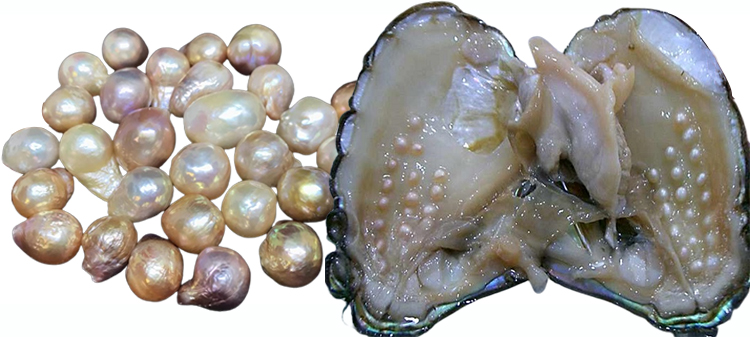
Pearls, including baroque pearls, are formed through a fascinating natural process that occurs within molluscs.
Let's delve into the details of this captivating formation process.
They are formed when an irritant, such as a grain of sand or a parasite, finds its way inside a mollusc.
In response, the mollusc secretes a nacre known as mother-of-pearl to coat the irritant.
Over time, layer upon layer of nacre is deposited, resulting in the formation of a pearl.
The Natural Creation of Baroque Pearls:
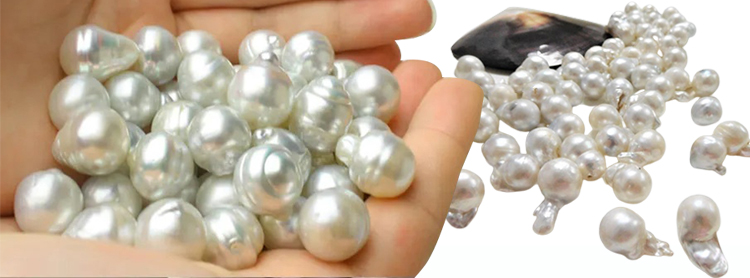
Unlike their perfectly round counterparts, Baroque pearls are characterised by their irregular and asymmetrical shapes.
These unique shapes result from the irregular deposition of nacre layers during the pearl formation process.
As the irritant moves within the mollusc, the layers of nacre are formed unevenly, resulting in the distinctive shape of baroque pearls.
Factors Influencing Baroque Pearl Formation:
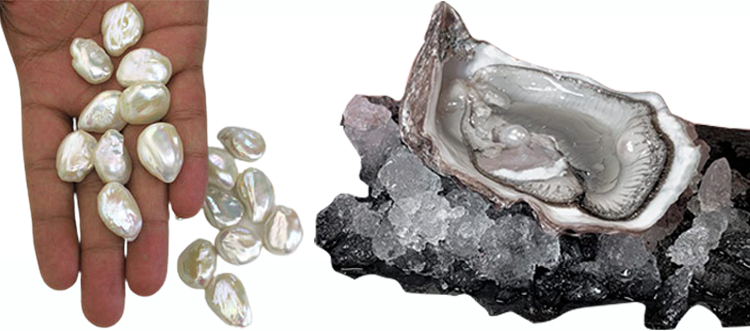
Several factors contribute to the formation of baroque pearls.
The shape and size of the irritant, the mollusc's natural response to it, and the environmental conditions all play a role.
The irregular shape of the irritant causes the nacre to be deposited unevenly, leading to the formation of baroque pearls.
The Role of Molluscs:
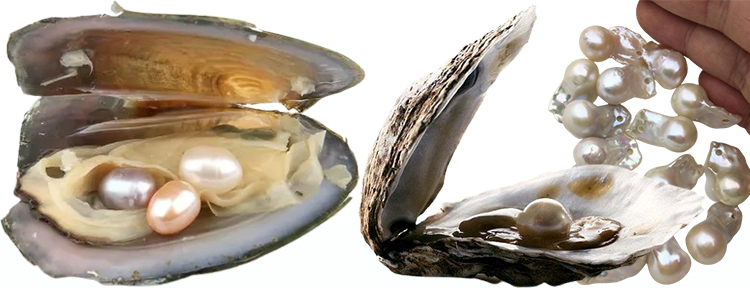
Molluscs, such as oysters and mussels, are crucial in forming baroque pearls.
When irritants enter their soft tissue, they secrete nacre to protect themselves.
The mollusc's mantle tissue produces the nacre, which covers the irritant and gradually forms the pearl.
Formation in Freshwater vs Saltwater Environments:

Baroque pearls can be found in freshwater and saltwater environments, each with distinct characteristics.
Freshwater baroque pearls are typically cultivated in mussels and are known for their irregular shapes, unique colours, and affordability.
Saltwater baroque pearls are formed within oysters and are often associated with higher value and exceptional lustre.
The Beauty of Imperfection
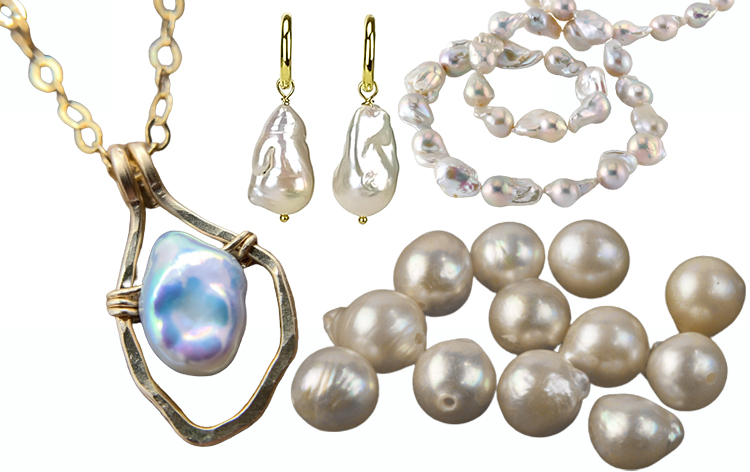
Imperfections often hold a unique allure, and nowhere is this more evident than in the world of baroque pearls.
Baroque pearls, with their irregular shapes and organic designs, celebrate the beauty found in asymmetry.
These beautiful gems captivate the imagination and draw admiration for their unconventional forms.
The appeal of baroque pearls lies in their distinctiveness.
Each pearl possesses its character, showcasing a mesmerising array of shapes, from teardrops to free-form silhouettes.
This natural irregularity lends an air of authenticity and uniqueness to these pearls, making them highly sought after in jewellery.
Baroque pearls find their place in artistic jewellery designs, offering a visual feast that defies convention.
Their imperfections are transformed into artistic statements, creating pieces that exude charm and individuality.
The irregular shapes become a canvas for creativity, inspiring designers to craft exquisite adornments that celebrate the beauty of imperfection.
Pearl Farms and Cultivation

Pearl farming has witnessed a remarkable rise in the jewellery industry, offering a sustainable alternative to natural pearl harvesting.
By cultivating pearls in controlled environments, pearl farms can meet the growing demand for these exquisite gems.
These farms provide a controlled setting where oysters or mussels can be nurtured, ensuring the production of high-quality pearls with desirable characteristics.
Cultivation Techniques for baroque pearls
1. Introduction to nucleation:
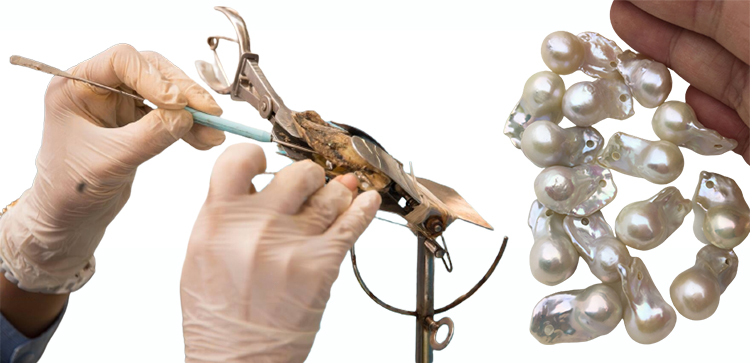
Pearl cultivation begins by introducing a nucleus, typically a bead made of mother-of-pearl or a piece of mantle tissue, into the oyster or mussel.
This stimulates the production of nacre, the substance that forms the pearl.
2. Nucleation methods for baroque pearls:
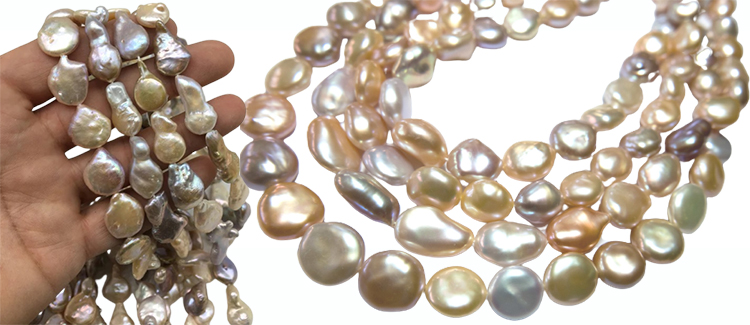
Baroque pearls are cultivated by introducing multiple nuclei into a single oyster or mussel, encouraging the formation of irregular shapes.
These nuclei are strategically placed to create varied and captivating forms, resulting in the distinctive allure of baroque pearls.
3. Cultivation period and care requirements:
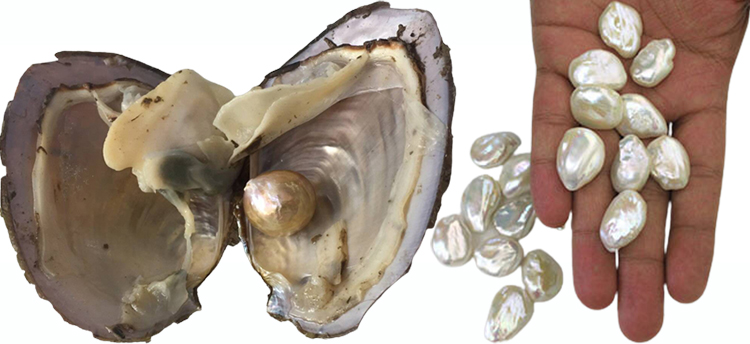
The cultivation period for baroque pearls can range from several months to a few years, depending on the desired size and quality.
During this time, the pearl farms provide optimal conditions for the growth of the oysters or mussels, including clean water, proper nutrition, and protection from predators.
The Role of the Environment
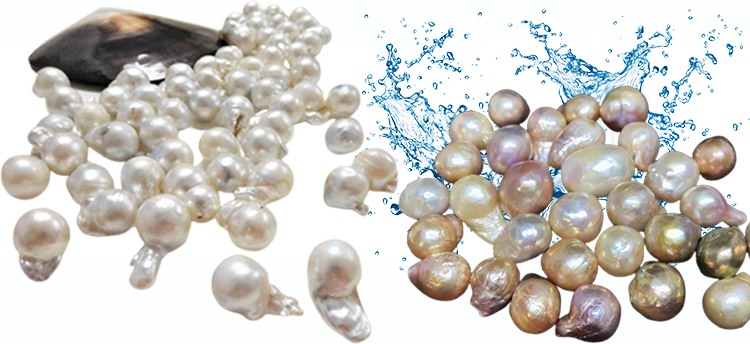
Water quality plays a crucial role in pearl formation.
The cleanliness and composition of the water directly impact the growth and quality of pearls.
For example, pollutants and toxins in the water can hinder the development of pearls or result in irregularities.
In contrast, pristine water conditions foster the ideal environment for forming lustrous and high-quality pearls.
Water quality is closely monitored in pearl farming to ensure optimal conditions for pearl growth.
Natural habitats greatly influence the characteristics of baroque pearls.
Different mollusc species thrive in various habitats, such as freshwater or saltwater environments.
These habitats provide specific conditions, such as temperature, salinity, and nutrient availability, which influence the shape, size, and colour of the pearls produced.
Baroque pearls cultivated in freshwater tend to have unique shapes and pastel hues, while those found in saltwater exhibit a wide range of colours and vibrant lustre.
The natural habitat of the mollusc contributes to the individuality and allure of baroque pearls.
Baroque Pearl Jewelry
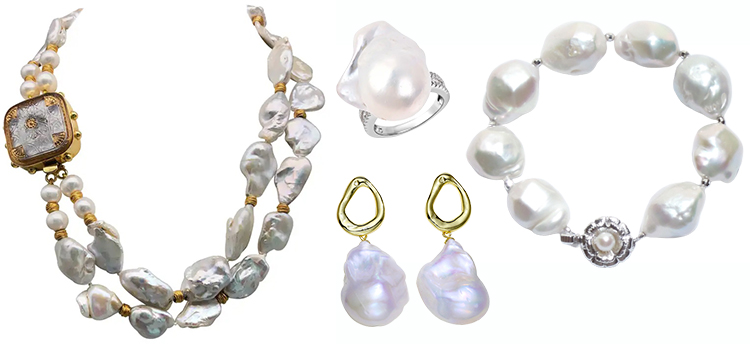
Baroque pearls have become increasingly popular in jewellery thanks to their unique and captivating appeal.
These irregularly shaped pearls offer elegance and individuality to various jewellery designs.
Some popular styles featuring baroque pearls include statement necklaces, drop earrings, and bohemian-inspired bracelets.
These designs embrace the organic beauty and asymmetrical shapes of baroque pearls, creating stunning and eye-catching pieces.
When selecting baroque jewellery, it's essential to consider the pearl's quality, lustre, and colour.
Look for pearls with a smooth surface, rich lustre, and a colour that complements your skin tone.
Choosing reputable jewellers or retailers is also crucial to ensure the authenticity and quality of the pearls.
To care for baroque pearl jewellery, avoid exposing them to harsh chemicals, perfumes, or lotions.
Instead, gently wipe them with a soft, damp cloth after each wear.
Store them in a separate pouch to prevent scratches and avoid direct sunlight or extreme temperatures that can damage the pearls' lustre.
The Market for Baroque Pearls
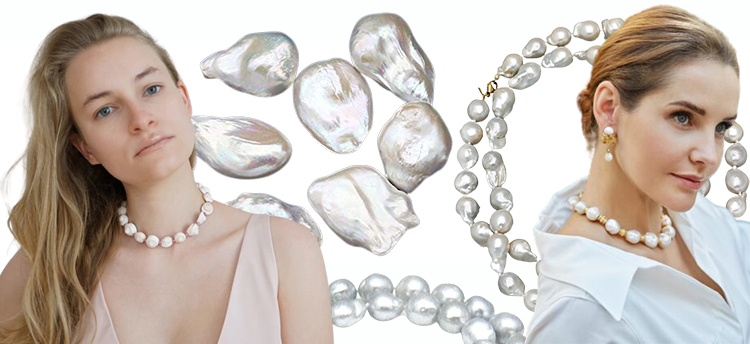
Baroque pearls have witnessed a significant surge in demand within the jewellery industry.
Their unique and unconventional shapes have captivated the attention of both designers and consumers alike.
Baroque pearls offer a distinct and artistic appeal, setting them apart from traditional round pearls.
Their irregularity is seen as a reflection of individuality and natural beauty.
As a result, they have become increasingly popular for creating statement pieces and bespoke jewellery.
Regarding value and pricing, baroque pearls are often assessed based on various factors.
These include the pearl's size, shape, colour, lustre, surface quality, and uniqueness.
Larger, well-formed pearls with high lustre and minimal blemishes command higher prices.
The rarity of specific colours, such as natural black or golden tones, also contributes to their value.
However, their individuality and artistic appeal make baroque pearls priceless to those who appreciate their allure.
The Future of Baroque Pearls

The future of baroque pearls holds exciting trends and innovations in the realm of pearl jewellery.
Designers are embracing baroque pearls' unique shapes and textures, creating bold and contemporary pieces that cater to evolving fashion preferences.
From asymmetrical earrings to statement necklaces, baroque pearls offer endless creative possibilities.
Furthermore, sustainability and ethical concerns are gaining prominence in the pearl industry.
Consumers are becoming more conscious of pearl cultivation's environmental impact and labour practices.
As a result, efforts are being made to promote sustainable pearl farming practices and ensure fair trade.
The future of baroque pearls lies in the intersection of breathtaking designs and responsible sourcing, catering to a socially and environmentally conscious market.
Conclusion
In conclusion, baroque pearls are true treasures that continue to captivate with their unique allure and individuality.
Their irregular shapes, vibrant colours, and distinctive characteristics make them a beloved choice for jewellery enthusiasts seeking artistic expression.
With a rich history, sustainable cultivation practices, and endless creative possibilities, the future of Baroque pearls shines bright.
Let us appreciate the exquisite beauty of these natural wonders that celebrate imperfection and charm.
Baroque Pearls FAQs
How are baroque pearls different from other pearls?
Baroque pearls differ from other pearls in their irregular and asymmetrical shapes, standing out from the traditional round forms.
Their uniqueness adds a distinct charm to jewellery designs.
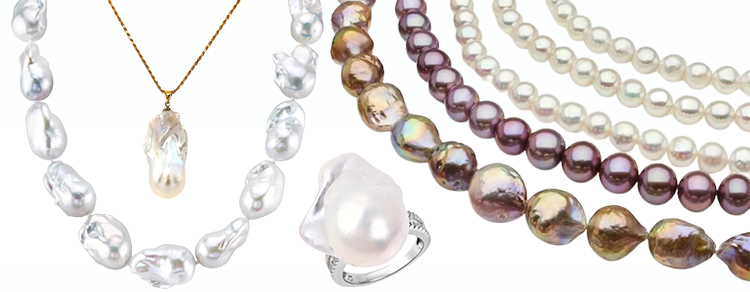
Can baroque pearls be natural, or are they all cultured?
Baroque pearls can be both natural and cultured.
While some baroque pearls occur naturally in molluscs, many are cultivated through pearl farming techniques to meet the demand for their unique shapes and designs.
How long does it take for a baroque pearl to form?
Forming a baroque pearl can take several months to a few years, depending on the desired size and quality.
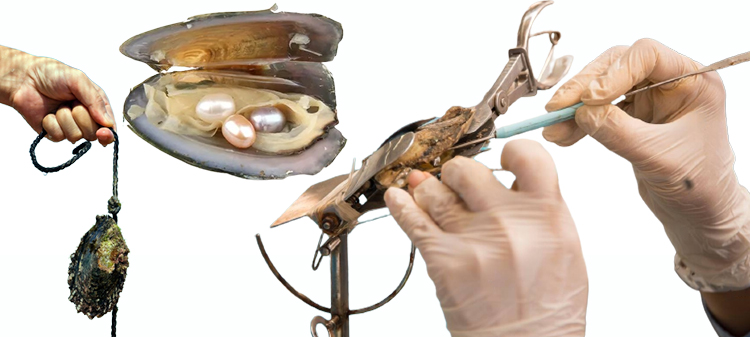
Are baroque pearls valuable?
Yes, baroque pearls can be valuable. Factors such as size, shape, lustre, and rarity of colours contribute to their value, making them prized gems in the jewellery industry.
What are some popular jewellery designs featuring baroque pearls?
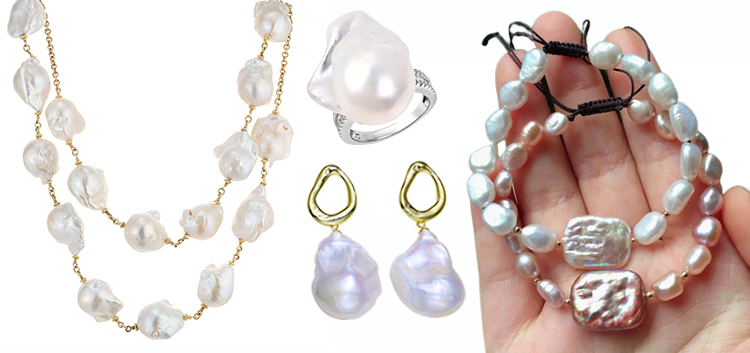
Popular jewellery designs featuring baroque pearls include statement necklaces, drop earrings, and bohemian-inspired bracelets, all-embracing these captivating gems' organic beauty and asymmetrical shapes.
How should I care for my baroque pearl jewellery?
To care for your baroque pearl jewellery, gently wipe them with a soft cloth.
Avoid exposing them to harsh chemicals, perfumes, or lotions.
Store them separately to prevent scratches.
Are there any environmental concerns associated with pearl farming?
Yes, there are environmental concerns associated with pearl farming, including the potential impact on marine ecosystems, water quality, and habitat alteration.
Can baroque pearls be used in engagement rings or other special occasions?
Certainly! Baroque pearls can be used in engagement rings and other special occasions, adding a unique and artistic touch to the jewellery and making it truly one-of-a-kind.

What does the future hold for baroque pearls in the jewellery industry?
The future of baroque pearls in the jewellery industry looks promising, with designers embracing their unique shapes and textures, offering bold and contemporary pieces that cater to evolving fashion preferences.


Leave a Comment